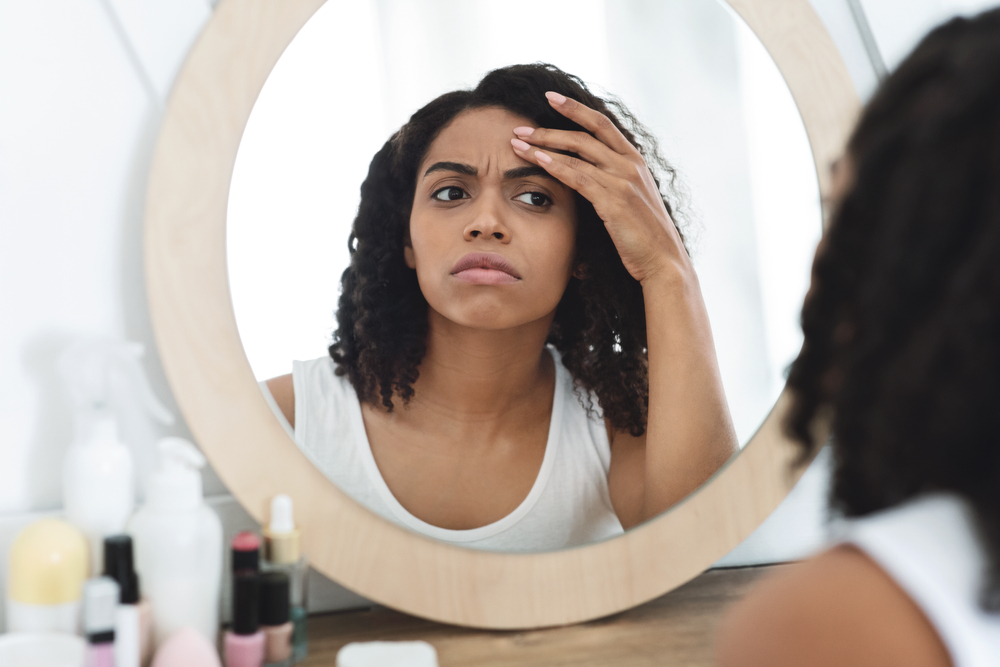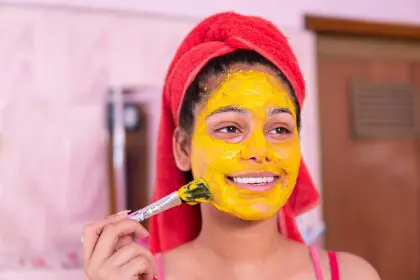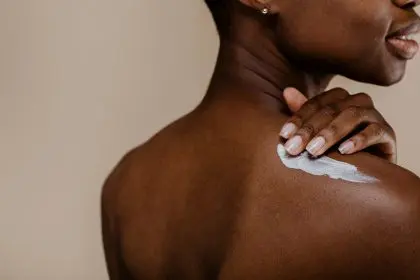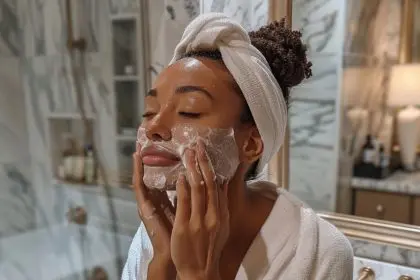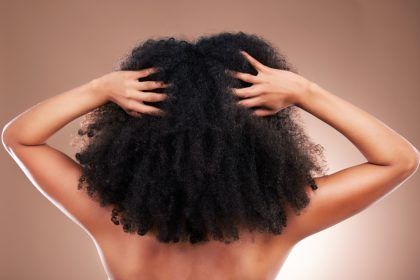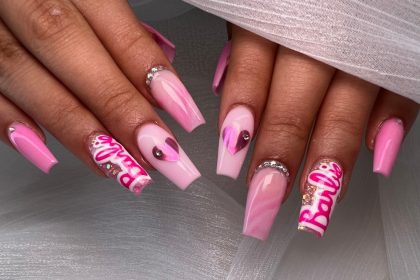The alarming rise of premature aging in twentysomethings and the hidden culprits behind younger-looking skin gone wrong
Something troubling is happening to the faces of today’s young adults. Walk through any college campus or trendy neighborhood, and you’ll notice fine lines and wrinkles appearing on faces that should be decades away from showing serious signs of aging. What once was reserved for people in their forties and fifties is now becoming commonplace among individuals barely out of their teens.
This isn’t just about vanity or superficial concerns. The premature aging of young skin represents a significant shift in how environmental and lifestyle factors are affecting human appearance and health. The generation that grew up with unprecedented access to skincare information and products is paradoxically experiencing accelerated aging at rates never seen before.
The phenomenon has caught beauty professionals and skin health specialists off guard. Traditional timelines for when wrinkles typically appear have been completely disrupted, with some twenty-five-year-olds showing skin damage patterns previously associated with much older individuals. Understanding the root causes of this trend reveals important insights about modern living and its impact on our bodies.
Multiple factors have converged to create this perfect storm of premature aging, many of which previous generations never had to contend with. From technological advances to changing social behaviors, the modern lifestyle presents unique challenges to maintaining youthful skin well into adulthood.
Digital screens are stealing youth from faces
The most significant contributor to early wrinkles in young people comes from an unexpected source that didn’t exist for previous generations: constant exposure to digital screens. The average young adult now spends between eight to twelve hours daily staring at computers, smartphones, tablets, and televisions, creating a cascade of skin-damaging effects that accumulate over time.
Blue light emission from digital devices penetrates deeper into skin layers than previously understood, triggering inflammatory responses that break down collagen and elastin fibers. These proteins provide skin with its firmness, elasticity, and smooth appearance. When they deteriorate prematurely, fine lines and wrinkles form much earlier than nature intended.
The positioning required for screen use creates additional problems. Looking down at phones causes repeated creasing of the neck and jawline, leading to permanent fold lines that develop into deep wrinkles. The concentrated focus required for screen activities also reduces natural blinking rates, causing the delicate eye area to become dehydrated and more prone to developing crow’s feet and under-eye lines.
Screen time also disrupts sleep patterns through blue light exposure late in the evening. Poor sleep quality directly affects skin repair processes that typically occur during nighttime hours. When these natural restoration cycles are interrupted, skin ages more rapidly and shows visible signs of stress and damage.
The squinting required to read small text on devices creates repetitive muscle contractions around the eyes, gradually etching expression lines into the skin. Unlike temporary expressions that smooth out when facial muscles relax, these repeated contractions eventually become permanent fixtures on young faces.
Sun protection failures in the social media age
Despite widespread awareness about sun damage, young people are experiencing more UV exposure than ever before, largely due to social media culture and outdoor lifestyle trends. The pressure to document every experience has led to increased time spent in direct sunlight without adequate protection.
Social media’s emphasis on achieving the perfect tan has revived dangerous sun-seeking behaviors that were declining in previous decades. Young adults spend hours pursuing the ideal lighting for photos, often during peak UV hours when sun damage occurs most rapidly. The desire for that golden glow in photos frequently overrides sun safety knowledge.
Many young people also underestimate the cumulative nature of sun damage. They may apply sunscreen occasionally but fail to reapply throughout the day or choose products with insufficient protection levels. Even brief periods of unprotected sun exposure add up over time, creating visible aging effects much earlier than expected.
The trend toward outdoor activities and adventure travel, while generally positive for health, has increased overall UV exposure for many young adults. Hiking, beach trips, music festivals, and outdoor sports all contribute to sun damage when proper protection isn’t consistently used.
Additionally, many popular skincare ingredients make skin more photosensitive, increasing vulnerability to sun damage. Young people experimenting with retinoids, acids, and other active ingredients often don’t realize they need enhanced sun protection while using these products.
Skincare routines gone wrong
Paradoxically, the generation with the most access to skincare information is often making the most damaging mistakes with their routines. The abundance of conflicting advice and product options has led many young people to adopt harmful practices in the name of achieving perfect skin.
Over-exfoliation represents one of the most common and damaging mistakes. Young adults frequently use multiple exfoliating products simultaneously, strip away the skin’s protective barrier, and create chronic inflammation that accelerates aging. Chemical peels, physical scrubs, and exfoliating acids used together or too frequently cause more harm than benefit.
The trend toward complex, multi-step skincare routines often involves layering incompatible ingredients that can irritate skin and trigger inflammatory responses. Many young people mix products without understanding how different ingredients interact, sometimes creating chemical reactions that damage skin cells.
Aggressive anti-aging treatments designed for mature skin are being used by teenagers and young adults who don’t need such intensive interventions. These products can overwhelm young skin and cause irritation, dryness, and premature aging rather than prevention.
Social media skincare trends often promote extreme methods or unproven techniques that can harm skin health. From DIY recipes using harsh household ingredients to copying routines designed for different skin types, young people are experimenting with potentially damaging practices.
The pressure to see immediate results leads many to use products more frequently or in higher concentrations than recommended, causing chemical burns, sensitivity, and long-term damage to skin structure.
Stress levels unlike any previous generation
Today’s young adults face unprecedented levels of chronic stress that directly accelerate the aging process throughout their bodies, including their skin. Academic pressures, economic uncertainty, social media comparison, and global crises create a constant state of physiological stress that manifests visibly on their faces.
Chronic stress elevates cortisol levels, which breaks down collagen and reduces the skin’s ability to retain moisture. High cortisol also increases inflammation throughout the body, accelerating cellular aging processes and making skin appear older than chronological age would suggest.
The pressure to maintain perfect social media appearances adds another layer of stress specifically related to physical appearance. This creates a cycle where stress about looking good actually makes skin look worse, leading to even more stress and faster aging.
Sleep disruption from stress compounds the aging effects. Young adults are sleeping less and experiencing lower quality sleep than previous generations, interfering with the natural repair processes that keep skin looking youthful.
Financial stress about student loans, housing costs, and career prospects creates chronic worry that shows up in facial tension and expression lines. The concerned expressions associated with constant worry eventually become etched into young faces as permanent wrinkles.
Social stress from comparison culture and fear of missing out creates a constant state of emotional tension that accelerates aging throughout the body. The psychological burden of modern young adulthood translates directly into visible signs of premature aging.
Environmental pollution attacks young skin
Air pollution levels in many areas have reached historically high levels, exposing young people to skin-damaging particles and chemicals from birth. These environmental toxins penetrate skin barriers and create oxidative stress that accelerates aging processes.
Urban environments where many young adults live and work contain high concentrations of pollutants that stick to skin throughout the day. These particles generate free radicals that damage skin cells and break down the proteins responsible for maintaining youthful appearance.
Indoor air pollution from cleaning products, synthetic materials, and poor ventilation also contributes to skin aging. Many young adults live in apartments or dormitories with limited air circulation and high concentrations of chemical pollutants.
The increase in extreme weather events and climate change has created more intense UV radiation and environmental stressors that affect skin health. Young people are experiencing more severe environmental conditions than previous generations faced at the same age.
Microplastics in the environment and water supply may also contribute to premature aging, though the full effects are still being understood. These tiny particles can accumulate in body tissues and potentially interfere with normal cellular functions.
Lifestyle habits that age faces fast
Modern lifestyle patterns among young adults include several behaviors that directly contribute to premature skin aging. These habits, often viewed as normal parts of young adult life, have cumulative effects that become visible much earlier than expected.
Irregular eating patterns and processed food consumption create inflammation and oxidative stress that appear on the skin. The typical diet of busy young adults often lacks the nutrients needed for healthy skin cell production and repair.
Frequent alcohol consumption dehydrates skin and interferes with sleep quality, both of which accelerate aging. The social drinking culture among young adults means many are regularly consuming amounts of alcohol that negatively impact their skin health.
Smoking and vaping have increased among some young adult populations, directly damaging skin through reduced blood flow and exposure to harmful chemicals. Even occasional use can contribute to premature aging effects.
Lack of regular exercise reduces circulation and limits the body’s natural detoxification processes. Many young adults have sedentary lifestyles that don’t support optimal skin health and repair.
Poor hydration habits, often due to relying on caffeinated beverages instead of water, leave skin chronically dehydrated and more prone to showing signs of aging.
The makeup and beauty trend trap
Current makeup and beauty trends popular among young people often contribute to premature aging in ways that aren’t immediately obvious. Heavy makeup use, frequent application and removal, and certain trending techniques can damage skin over time.
The contouring trend requires significant makeup application and harsh removal techniques that can stress facial skin. The repeated pulling and rubbing involved in these processes can contribute to premature sagging and line formation.
False eyelashes and extensions, when used frequently, can damage the delicate eye area and contribute to premature aging around the eyes. The adhesives and removal processes involved can cause irritation and weaken the skin.
Frequent use of long-wearing makeup products that require aggressive removal can strip away natural oils and damage the skin barrier. Many young people prioritize makeup longevity over skin health considerations.
The trend toward using makeup to create dramatic aging effects for social media content may seem harmless, but frequent manipulation of facial expressions and makeup application in these areas can contribute to permanent line formation.
Heavy foundation use can clog pores and create inflammation, particularly when products aren’t properly removed or when skin isn’t allowed to breathe regularly.
Reversing the trend toward premature aging
Understanding these causes provides a roadmap for preventing and potentially reversing premature aging in young people. The key lies in addressing multiple factors simultaneously rather than focusing on just one aspect of the problem.
Reducing screen time and using blue light filters can help minimize digital aging effects. Taking regular breaks from devices and practicing good posture while using technology can prevent many screen-related aging issues.
Developing consistent sun protection habits is crucial for preventing further damage. This means daily sunscreen use, reapplication throughout the day, and seeking shade during peak UV hours.
Simplifying skincare routines and focusing on gentle, consistent care often produces better results than complex regimens with harsh ingredients. Young skin typically needs less intervention than marketing messages suggest.
Managing stress through healthy coping mechanisms, regular exercise, and adequate sleep can significantly slow aging processes throughout the body, including the skin.
Making environmental changes where possible, such as using air purifiers and choosing less polluted living areas, can reduce exposure to aging accelerants.
The trend toward premature aging in young people represents a concerning shift that reflects broader changes in modern living. However, awareness of these factors provides the knowledge needed to make better choices and protect youthful skin for decades to come. The generation experiencing these challenges also has unprecedented access to information and resources to address them effectively.

